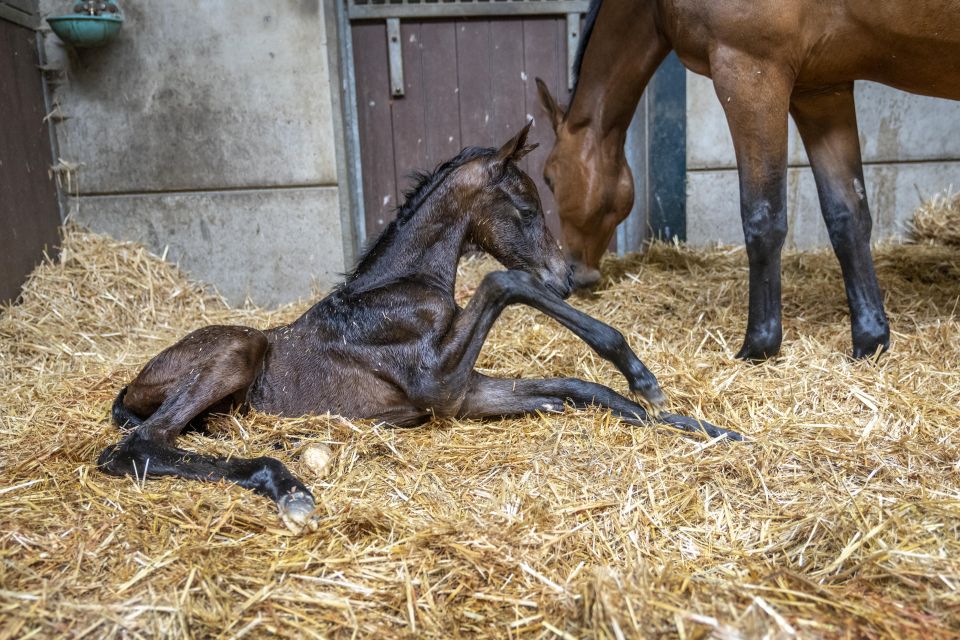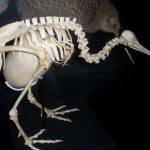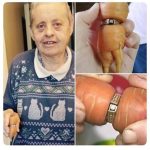Evolution’s Marvel: The Survival Purpose of the Foal’s “Fairy Fingers”
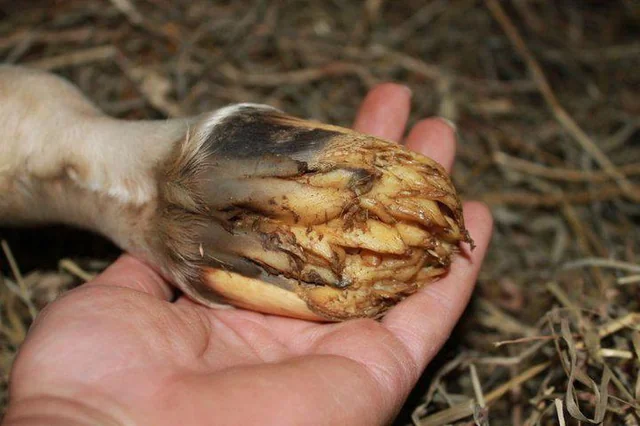
Newborn foals arrive carrying a biological marvel that horse lovers affectionately term “fairy fingers” or “golden slippers.” The scientific designation for these soft, rubbery caps is eponychium. They are not true hooves, but temporary protective pads that form around the foal’s tiny ho hooves during the final stages of gestation, lending each foot a cushioned, almost harmless appearance.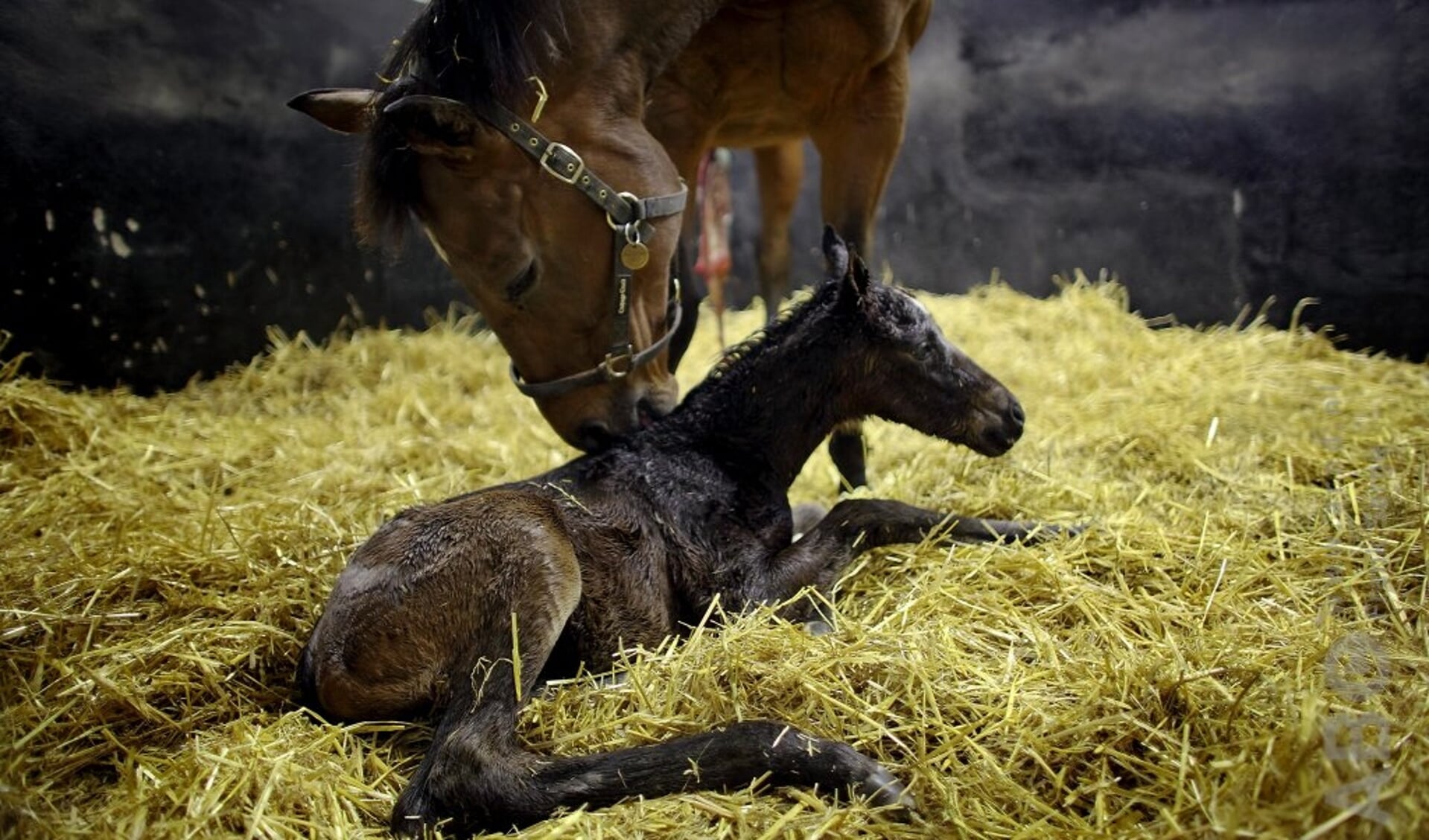
The existence of these “golden slippers” is a striking testament to evolution’s ingenuity in solving a critical survival problem. They serve a vital dual purpose. Inside the womb, they act as shock absorbers, shielding the mare’s delicate uterus and abdominal lining from the sharp, powerful kicks of the developing fetus. Crucially, during the rapid and intense birthing process, they protect the soft birth canal from being severely scratched or injured by the foal’s otherwise sharp hoof edges. Without them, both mare and foal would be at serious risk during this moment of life and death.
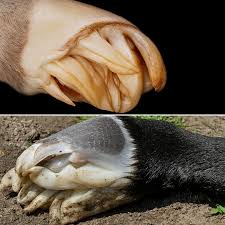
Immediately after birth, the transition begins with astonishing speed, underscoring the ephemeral nature of the eponychium. This soft armor quickly begins to dry out and peel away naturally. Within just a few hours of the foal’s first wobbly steps, the soft coverings disappear entirely, revealing the hard, durable hoof beneath—exactly what the foal needs to stand and run with the herd almost immediately. Walking on these structures is entirely painless; they are perfectly and naturally designed to wear off, marking the foal’s rapid transition from the protected aquatic environment to the challenging wild world.